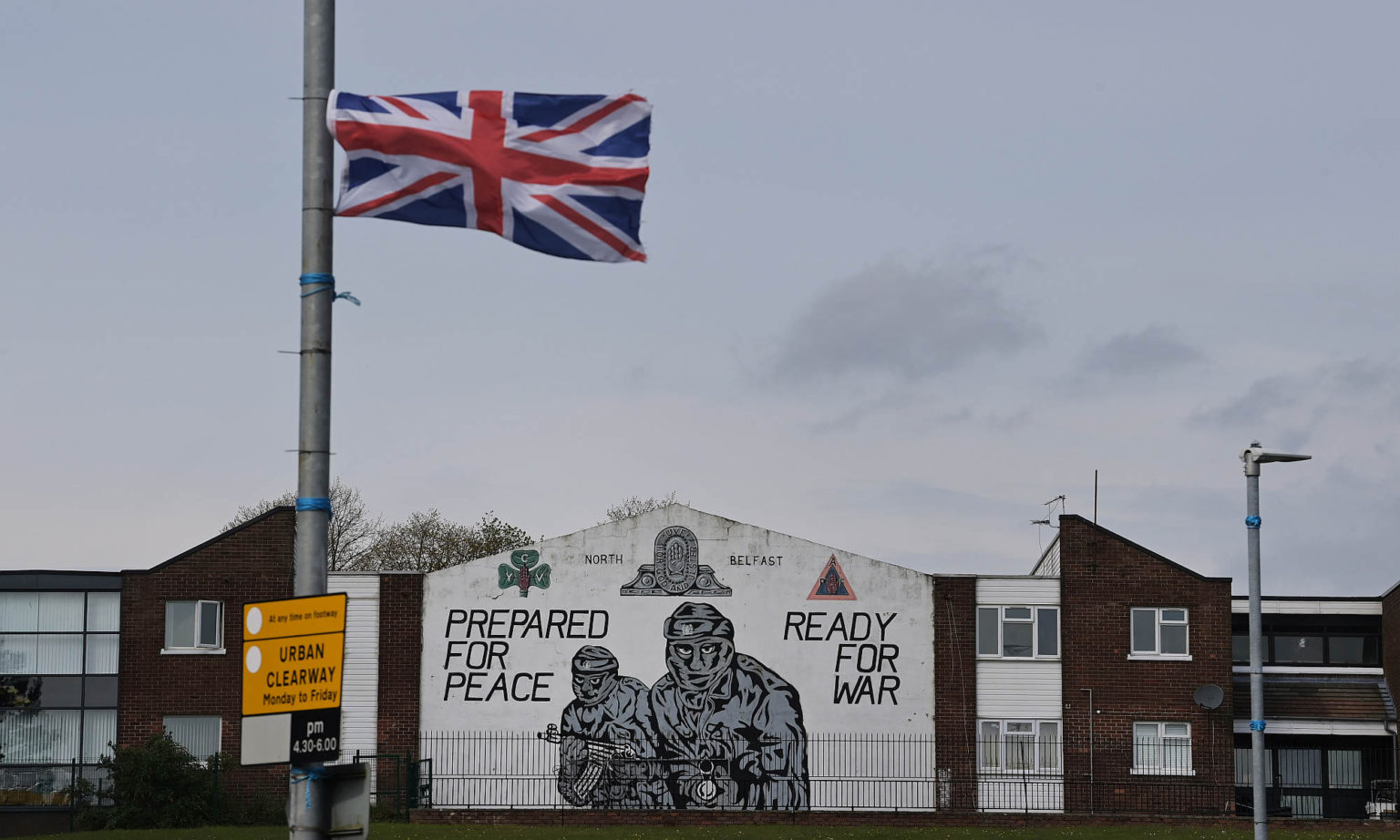
Long-read
Northern Ireland at 100: the end is in sight
In its centenary year, rarely has the future of the North looked more uncertain.
3 May is not just the centenary of Northern Ireland; it is also the centenary of the United Kingdom in its current form. Prime minister Boris Johnson is keen to assure today’s Unionists that he will be celebrating the centenary, but whether they will join him is up for debate. A poll for BBC Northern Ireland’s Spotlight programme last week asked people whether the formation of Northern Ireland was an achievement which should be celebrated. Only 40 per cent said it was.
Moreover, why would any democrat celebrate the creation of Northern Ireland? It was coercively created through a contested partition, in which violence and the threat of violence trumped democratic politics. It was a demonstration of how physical force can prevail over democracy.
Take, for example, the machinations of Unionists in the 1910s. With the support of Conservative leader Andrew Bonar Law, they openly rejected the British Liberal government’s Third Irish Home Rule Bill, which would have granted Ireland a degree of autonomy. Instead, Unionists set about creating and arming the 90,000-strong Ulster Volunteer Force, and, in 1913, established a provisional government in Belfast. In this, they were effectively supported by the British army, which had many officers with Protestant connections, when it mutinied at its main base in the Curragh, County Kildare, in 1914. By the time Sinn Fein won a landslide victory in the 1918 Irish election, and, with it, a mandate for independence, Unionists were all too ready to ignore the election, and force the partition of Ireland instead.
The Belfast Pogrom (see Remembering the Belfast Pogrom) is a perfect example of how the new Northern Ireland was born of violence and force. In 1920-22, Unionists, armed with British-supplied guns, slaughtered hundreds of innocent and unarmed Catholics in Belfast. Their aim was to eliminate opposition to Partition through use of mass terror. And it worked. Nationalists were too defenceless and broken to resist a Unionist power grab. Their defeat not only consigned half a million Catholics to life under a sectarian government not of their choosing — it also mutilated any sense of Irish nationhood (2). For nationalists, Partition was akin to cutting a live animal in two.
But ultimately, Partition and the formation of Northern Ireland suited British self-interest. So it was that in spring 1921, Unionist leaders were allowed to sit in a private room with a map and pencil, and design the shape and size of the new statelet. Ulster Unionist council leader Edward Carson voted for Ulster, which consists of nine counties, to form the new Northern Ireland. But other leading Unionists were worried that in a nine-county state, the Protestant-Catholic split would only be 55 to 45 per cent. Thus, they decided to delete Donegal, Cavan and Monaghan because of their sizable Catholic populations, giving them a two-to-one majority over Catholics. But concerns were expressed over the large nationalist populations in Fermanagh and Tyrone. So a four-county solution was proposed. After further reflection, they deemed a four-county polity too small to be economically and politically viable, so opted for the Six Counties we have today.
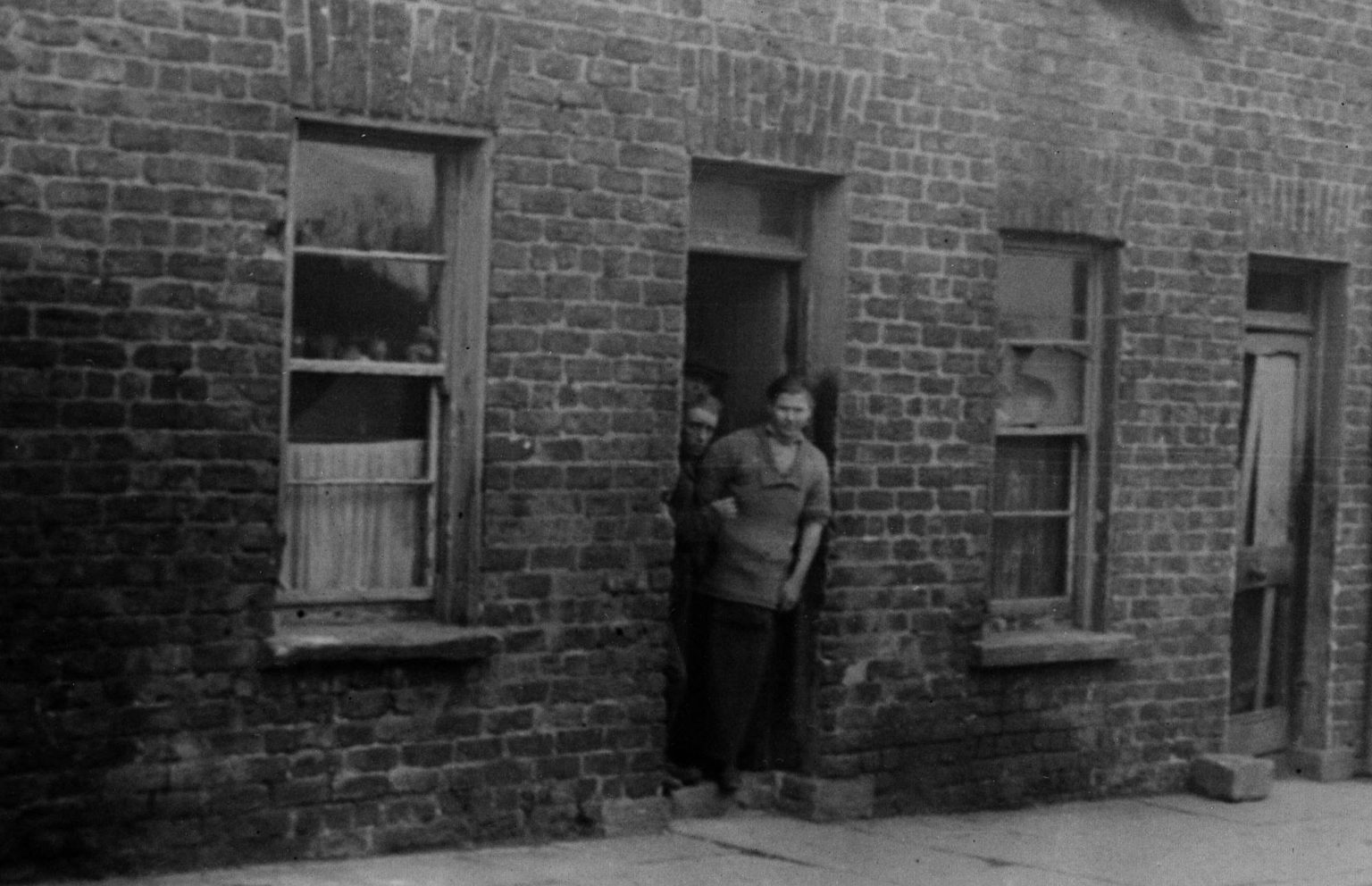
Throughout the deliberations and gerrymandering, Unionist leaders were given free rein to decide the future of the North. Nationalists were simply forced to accept the outcome as a fait accompli. Locked into a statelet as second-class citizens whose rulers despised them, the future for northern nationalists looked bleak. Their cries for help went unheard as the north entered into a deep freeze for 50 years.
50 years of Stormont: keeping Taigs in their place
Though Protestants outnumbered Catholics two to one, Unionists never felt secure. Conditioned by centuries of settler insecurity, and national and religious intolerance, their experience of the violence of 1919-22 had reinforced their anxiety. As a result, few Unionist politicians made any effort to win legitimacy through seeking Catholic nationalist support (3). Instead, they sought during the 1920s to rig the system in their favour. Given carte blanche by the British government, Unionists wasted no time in introducing draconian legislation, like the Special Powers Act (1922), which was the envy of the Apartheid regime in South Africa.
They also abolished proportional representation in local elections in order to reduce Catholic representation. They skewed and gerrymandered boundaries to return Unionist majorities. And Catholic votes were corralled into larger constituencies to waste their voting power. As a result, Unionists controlled 85 per cent of Northern Irish local government, despite only accounting for 65 per cent of the population.
Moreover, there was no universal suffrage for non-Westminster elections in Northern Ireland. Vote qualification depended instead on property ownership. This meant that poor Catholics (along with the poorest Protestants) lost out, given they were disproportionately less likely to own their own homes. As writer and commentator Kevin Meagher explains:
‘There was also a business franchise which could see an additional six votes awarded to nominees of the business owners who were disproportionately Protestant-Unionists. To underscore just how compromised the electoral system became, there were 900,000 voters for Westminster and Stormont elections, but just 600,000 for local elections.’ (4)
As a result, nationalists lost their majorities in 13 of the 24 councils that they had originally controlled at the time of Partition.
Yet on such blatant electoral discrimation, the British government remained silent. As it did on the systematic mistreatment of Catholics in jobs, housing, policing, the courts and culture. It meant that Unionist prime minister James Craig could get away with boasting, in 1932, that ‘we are a Protestant Parliament and a Protestant State’. Successive British governments even allowed a convention to develop in the House of Commons whereby MPs were not even allowed to raise questions about mistreatment of Catholics. Their only contribution to Ireland during this period was to continue to arm and finance Unionism.
From civil rights to the Troubles
One of the great unknowns of history is, what if? What if political Unionism had been more generous and less belligerent when Catholics asked for civil rights in the late 1960s? What if British governments had intervened sooner and more robustly with Stormont to insist that Catholics be treated as equal citizens? Almost certainly there would have been no IRA. Catholics likely would have been integrated into the polity, and the national question would have been parked.
Unfortunately, constant threats of violence from hardline Unionist factions deterred Unionist leaders like Terence O’Neill, who served as prime minister from 1963 until 1969, from grasping the nettle of reform. O’Neill made small token gestures, accompanied by nice sounding words, but it was too little too late. By 1969 a new generation of young Catholics, tired of waiting, took to the streets in peaceful protest. They accused O’Neill of insincerity, and they were right. In a speech given a few days after his resignation in 1969, he showed how little change he thought was possible:
‘It is frightfully hard to explain to a Protestant that if you give Roman Catholics a good job and a good house they will live like Protestants… [But] if the Roman Catholic is jobless and lives in a most ghastly hovel, he will rear 18 children on national assistance. It is impossible to explain this to a militant Protestant… He cannot understand, in fact, that if you treat Roman Catholics with due consideration and kindness they will live like Protestants, in spite of the authoritarian nature of their church.’ (5)
But things were beginning to change. The Stormont regime had survived so long because it was supported by the British state. That support was impacted by TV footage of Catholic civil-rights protesters being beaten in the streets by police and loyalists in 1968. It embarrassed the British state. Westminster was no longer willing to preside over overtly unequal citizenship as the world looked on, especially with the US civil-rights movement on the march, and the spirit of ’68 in the air. Those leading the Irish civil-rights movement, a first generation of university-educated Catholics like Bernadette Devlin, John Hume, Michael Farrell and Eamon McCann, were emboldened. And, after Bloody Sunday in 1972, Stormont, that bastion of Unionist privilege since Partition, collapsed, and direct rule from London was imposed.
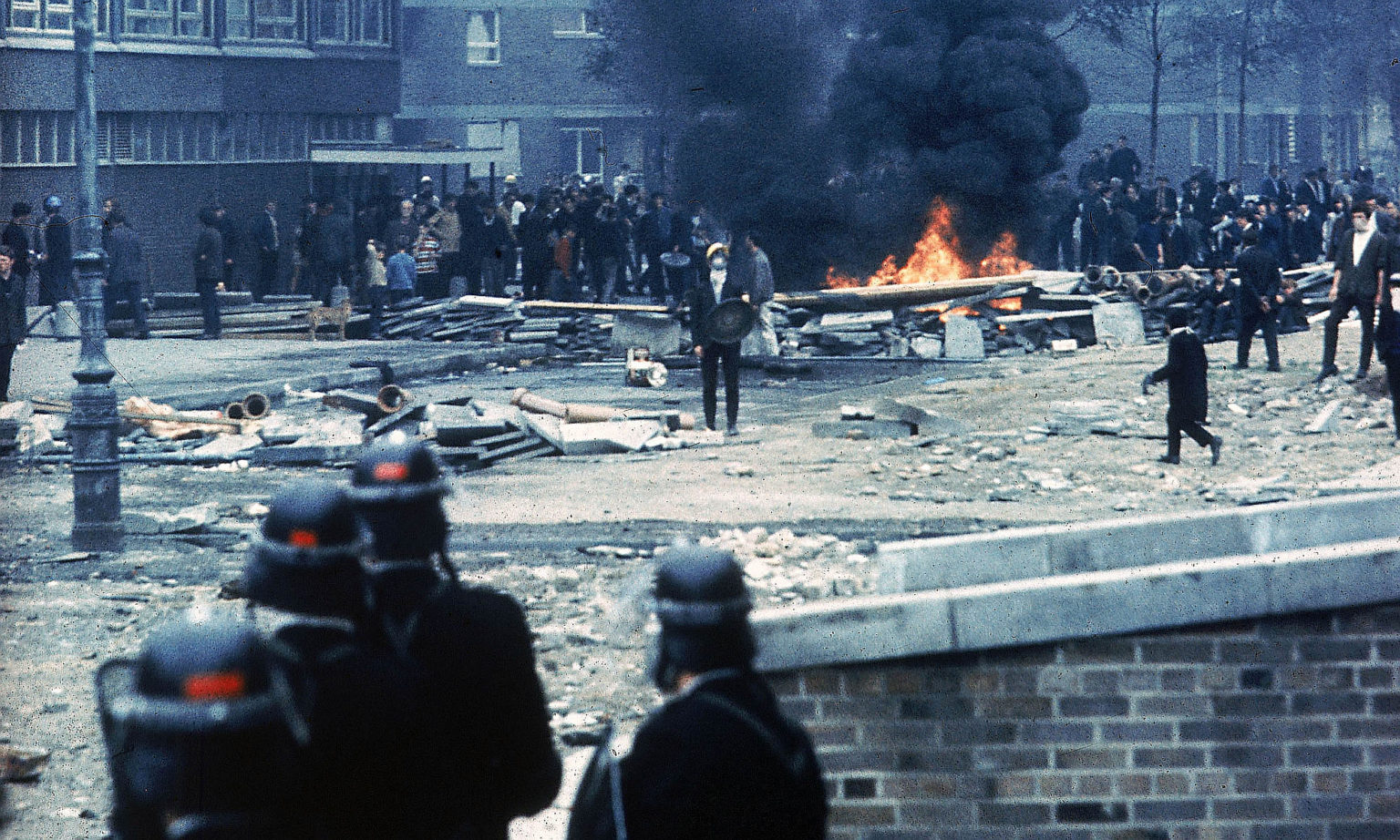
But Unionism itself was unbowed. So, beyond the sight of TV cameras, the Unionist establishment continued its suppression of the civil-rights movement. This sparked the re-emergence of the national question, as the IRA, loyalist paramilitaries and the British army entered into a 30-year-long armed conflict.
The Provisional IRA was formed after the civil-rights movement had been repressed, not before. Martin McGuinness, a young nationalist from Derry who attended the civil-rights marches, concluded that if the British government did not listen to the force of argument, then they must be confronted with the argument of force. For him and his comrades, trying to reform Northern Ireland was now a waste of time. A United Ireland was the only solution. McGuinness would emerge as the leader of the IRA in Derry. Later he would be leader of the IRA Army Council, an MP and deputy first minister of Northern Ireland.
Young nationalists were less passive and compliant than their parents’ generation. Many thought reform was neither possible nor desirable anymore. While civil-rights activists were influenced by the ideas of Gandhi and Martin Luther King, young republicans were influenced by Che Guevara and Nelson Mandela. They drew on the politics of anti-imperialism and took inspiration from Vietnam, Palestine, South Africa and Cuba as they embarked on armed struggle to end British rule.
Unionism, republicanism and British state forces locked themselves into a spiral of violence that lasted three decades, and cost the lives of nearly 4,000 people – which was a lot given Northern Ireland’s population during the Troubles was around 1.5million.
The peace process and Good Friday Agreement
When the IRA ended their armed campaign and signed up to the Good Friday Agreement (GFA) in 1998, mocking graffiti appeared on gable walls in loyalist areas, declaring, ‘We accept the defeat and surrender of the IRA’. Unionist politicians announced that the republican movement had for the first time accepted the ‘Unionist veto’, and recognised that there could be no change in the constitutional position of Northern Ireland until the majority of people within the Six Counties said so. Partition and the Union seemed more permanent than ever.
At one level, Unionists were right. Republicans had now effectively accepted the undemocratic, rigged system that created Northern Ireland. But the deliberate ambiguity of the GFA allowed for alternative interpretations of the agreement. This meant all sides could spin it in ways that best suited their support base.
Moreover, there were aspects of the GFA that were unambiguous. For example, the government of the Irish Republic now had a role in the affairs of Northern Ireland. Furthermore, it meant that the Republic had to be consulted about certain matters relating to Northern Ireland. In essence, the GFA formalised the weakness of the UK’s sovereignty in Northern Ireland. And we can see this today. The Northern Ireland Protocol, a product of the Republic’s refusal to countenance changes to the land border between north and south, is simply the practical effect of the GFA. It exists because the GFA does not permit Britain to act autonomously in Northern Ireland. Only now, 20 years after the GFA, is it fully clear how much the Union between Northern Ireland and Britain has been weakened via the GFA. Unionist miscalculations during Brexit may have contributed to the resignation of Democratic Unionist Party leader Arlene Foster, but it is the GFA and now Brexit that have set in motion an existential crisis for the Union.
Union or reunification?
Unionists view the GFA as a settlement. But nationalists see it as a route map to a United Ireland. They highlight the provision in it for an Irish border poll, and appear close to triggering one.
So, if anything, nationalism is in the ascendancy today. In a psychological blow to Unionists, Unionism no longer commands majority support in Northern Ireland. For the first time, nationalists have more MPs than Unionists — nine to eight. Every inch of the 310-mile-long border is now represented by pro-unification MPs. We are witnessing the greening of Northern Ireland. The two largest cities, Belfast and Derry, are now both majority nationalist, with three out of four Belfast MPs being pro-unification. And four of the Six Counties are now majority nationalist, with only Antrim and Down remaining pro-Union. Shifting demographics have not been kind to Unionism.
People increasingly live their lives as if the border does not exist. New housing estates sprawl across either side of the invisible border. Tens of thousands of people cross it daily to go to work, or to shop, or to go to the pub or attend sporting events. Though Ireland was politically partitioned 100 years ago, many bodies remained administered on an all-Ireland basis. The major religions continued as all-Ireland bodies. Most trade unions maintained a 32-county presence, as did most sports, trade bodies, charities and other voluntary groups (6). It feels like Ireland is already reuniting culturally, socially and even economically.
The number of Irish passport holders in the north has skyrocketed. There is a confidence among young nationalists who speak Irish and play Gaelic sports in parts of the north that would have been unimaginable a decade ago. Flourishing, pro-unification civic groups are organising and discussing what a new agreed Ireland should look like. There is an energy and vibrancy to the unity debate that reaches way beyond traditional republicanism.
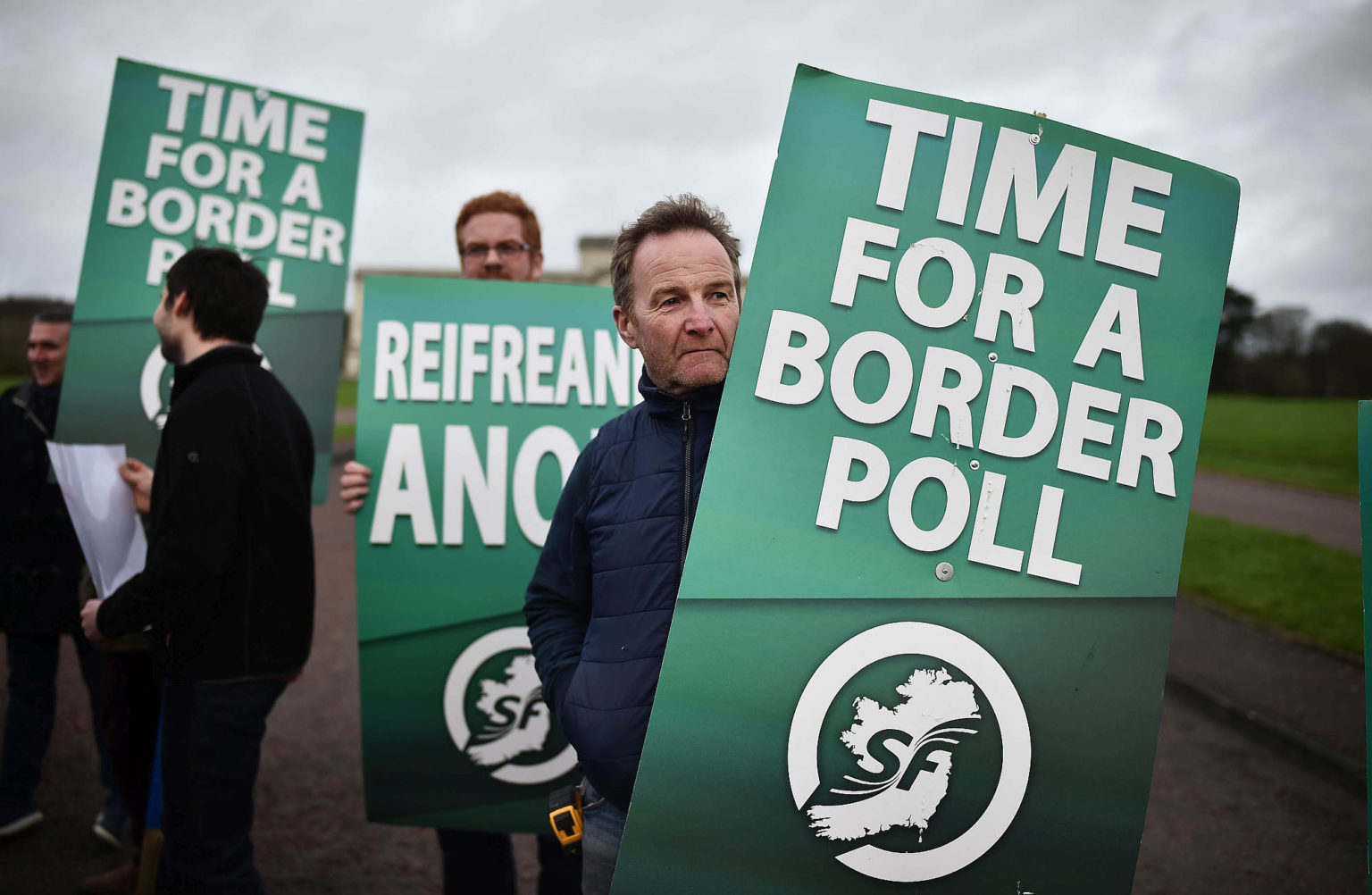
Likewise, while political Unionism remains hostile to unity talk, civic Unionism is organising outside of the traditional parties. It is engaging in debate with United Irelanders, and attracting huge viewing audiences online. Leading politicians in the south, like Jim O’Callaghan of Fianna Fail and Neale Richmond of Fine Gael, have published papers on preparing for a border poll and Irish unity. RTE, the republic’s state broadcaster, has dramatically ramped up coverage of the Irish unity debate. In Northern Ireland’s centenary year, the Irish unity project has been turbo-charged. It now has momentum and intensity.
In contrast, Unionism today appears unsure and directionless. Political Unionism, in particular, is in crisis. The DUP has made tactical and strategic mistakes which have set their party back and damaged the case for Union even among potential supporters. Its Brexit miscalculations are well documented. But its failure to recognise the degree of political and social change in Northern Ireland is as big a blunder. It has shown itself to be out of touch on social issues like gay marriage and abortion.
The DUP has always alienated Catholics, but it now alienates huge swathes of liberal-minded Protestants, too. Moderates shuddered at their approach to the gay-conversion-therapy debate in Stormont, which triggered the vote of no confidence in Arlene Foster. While less than one per cent of Northern Ireland’s population consider themselves Free Presbyterian Fundamentalist, this denomination still controls the DUP. If the DUP’s loss of authority and flight into irrelevance continues, it will help bring an end to Partition even sooner than expected.
Those undecided on the constitutional status of Northern Ireland tend to be liberal and young, and support abortion, gay marriage and the EU. Known as the ‘inbetweeners’, they are where the battle over Ireland’s future will be won or lost. One hundred years from its inception, Northern Ireland represents a failure of statecraft past and present. It was, and remains, a dysfunctional society. It is time to move on, win over the inbetweeners, and build a new Ireland.
Kevin Rooney is editor of Irishborderpoll.com. He is chairing a virtual debate on 3 May, entitled ‘Northern Ireland at 100: Is Unionism emotionally ready for a conversation about a united Ireland?’. For more details and to register, visit here.
Pictures by: Getty Images.
(1) See the ‘Introduction’ to Fatal Path: British Government and the Irish Revolution, by Ronan Fanning, Faber & Faber, 2013
(2) See Without A Dog`s Chance: The Nationalists of Northern Ireland, by James A Cousins, Irish Academic Press, 2020
(3) A Treatise On Northern Ireland, Volume II, by Brendan O’Leary, OUP, 2019, p30
(4) What A Bloody Awful Country, by Kevin Meagher, Biteback, 2021, p42
(5) A Treatise On Northern Ireland, Volume II, by Brendan O’Leary, OUP, 2019, p167
(6) See, The Birth Of The Border: The Impact of Partition in Ireland, by Cormac Moore, Merrion Press, 2019
To enquire about republishing spiked’s content, a right to reply or to request a correction, please contact the managing editor, Viv Regan.








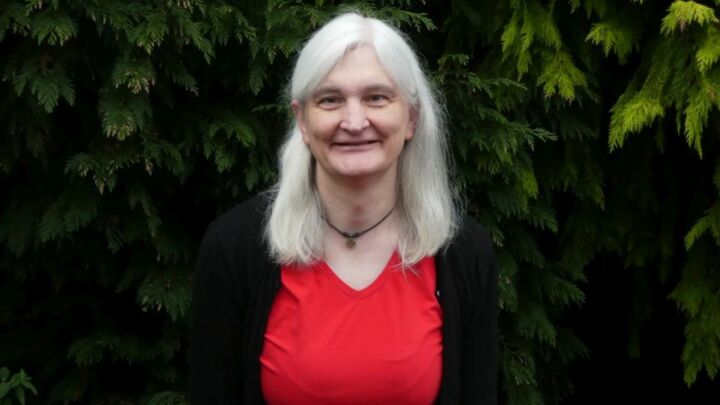

Comments
Want to join the conversation?
Only spiked supporters and patrons, who donate regularly to us, can comment on our articles.